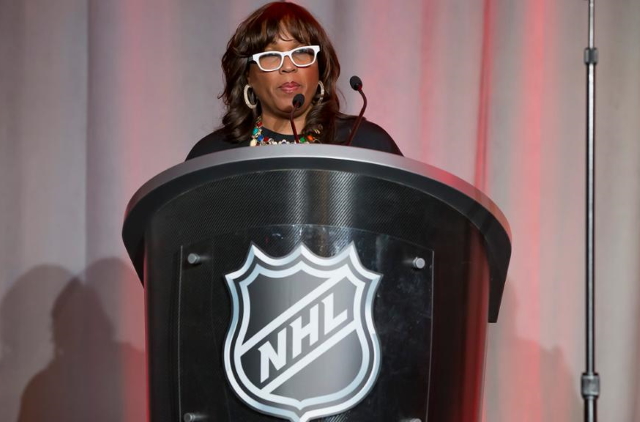The National Hockey League is one of the most recognizable sports leagues in the world, but nowhere is it more popular than in Canada. Hockey is synonymous with the nation, and fans are committed to their teams and their sport. However, the game is evolving quickly on a number of fronts, including equipment, player fitness, revenue distribution, and gambling.
NHL’s New View on Sports Betting
For years Canadian parliamentarians have been attempting to update Canada’s sports betting laws with little success. The last proposal by lawmakers in 2011 was vehemently opposed by the NHL, citing the integrity of the game.
That changed earlier today when NHL officials testified in a parliamentary committee reviewing possible legislation to amend the criminal gambling code. Specifically, the introduction of new laws that would allow single-game betting on hockey and other sports at local sportsbooks and online casinos in Canada.
“Though the NHL had previously opposed single events sports wagering, for the reasons we have publicly stated on the record, the practical reality is that the landscape in North America has changed.”
Keith Wachtel, NHL Executive Vice-President
Better Equipment
Unlike some other sports, an ice hockey player is only ever as good as his weakest piece of equipment. Helmets, under armor and of course, the all-important skates, play a vital role in determining how well a team will play.
In recent years, the standard of equipment across the NHL has skyrocketed. Skates providers such as Bauer, CCM, and TRUE have developed their products dramatically, increasing player speed, agility, and comfort. Body armor and helmets have also improved considerably. They are becoming lighter with each passing season and this, combined with the development of skates has contributed significantly to a rise in quality across the NHL.
Coaching Improvements
As well as the players themselves taking steps to improve themselves, they are also being guided by the best generation of coaches in the history of the sport. Players now get highly personalized training regimens to help them grow technically, mentally, and physically. With world-class training facilities being invested in across the NHL, coaches also have an abundance of incredible resources at their disposal.
It is not just in terms of player development that coaches have improved either. Tactically, the NHL is as sophisticated as it has ever been. Using advanced scouting and complex analytics, opposition coaches know exactly what to expect from each other, leading to intense battles on the ice.
Player Fitness
The current crop of NHL stars, such as Connor McDavid, Sidney Crosby, and Alex Ovechkin, all have one thing in common. They are all in ludicrously good shape, much more so than the players that came before them.
This marked improvement in conditioning has not been limited to the NHL’s cream of the crop either. Across the board players now look after themselves much better than they did in the past. Combining precise nutrition with a rigorous strength and conditioning training has created a league full of players that are physically imperious.
As players have become much fitter, games can now be played at a high intensity, even in spite of the NHL’s grueling schedule. This trend is likely to continue in the future with sports science always leading to new discoveries.
More Money, Fairly Distributed
Perhaps the most significant change of all in the world of ice hockey has been the rapid advance in the money floating around the league. Thanks to a string of high-profile sponsorship and television deals, NHL players now earn more than ever before and there are also more blockbuster trades. This has driven up standards of professionalism across the league.
What’s more, thanks to the salary cap that was introduced in 2005, as well as the weighted NHL draft, the difference between the best and worst teams has shrunk considerably over the past 15 years. This has helped make the league far more competitive overall.


